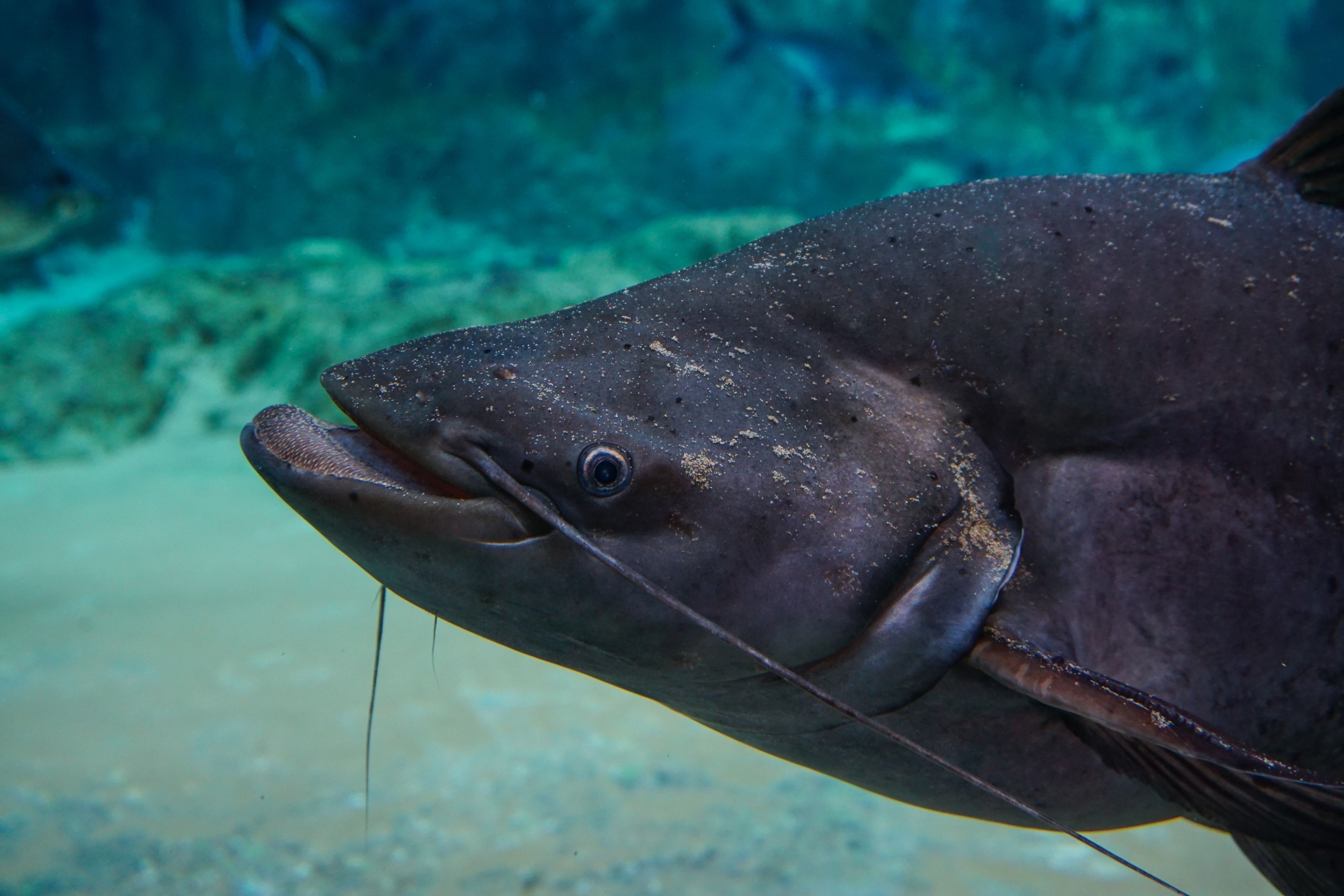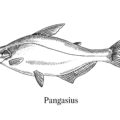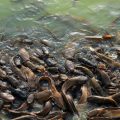Pangasius is a medium- to large catfish found in South and Southeast Asia. It can have a diverse size range. The adult pangasius fish can reach a size of almost 10 feet. However, only some of the fish from this species reach this size, and it is rare to see a fish grow this big.
As you already know, this fish can get big, but the average is small. This is a popular export fish, and Western countries eat this fish a lot. There are some overfishing issues regarding this pangasius fish.
The pangasius fish can get as large as 9.8 feet and weigh around 660 pounds, which is rare nowadays. If you were to catch a large pangasius fish, it would be about 2 meters in size, which is also ample compared to some other catfishes, and it is most likely to weigh around 88 pounds.
The growth rate of the pangasius fish is slow. Even after being two months old, it can reach the size of 2 inches to 5 inches in length. When the fish is ten years of age, it can finally achieve the size of a normal pangasius that is sold. The fish, at this stage, weighs around 55 pounds. However, the fish has a lifespan of at least 20 years and keeps growing.
If the pangasius fish has a faster-growing rate than this, it is used for harvesting to produce catfish that also grows fast. Moreover, in harvesting, some fish farmers also use growth hormones to increase the growth rate by almost twice the size. But these fish are usually banned from being sold outside. The pangasius fish grows slowly but can reach a mighty size if allowed to grow properly.

What affects the size of the pangasius fish?
The size of the fish depends on many factors, like environmental and internal factors, just like us humans.
Genetics
The first reason is quite simple. The pangasius fish has genes that allow it to grow bigger and will grow bigger. Just like humans, their parents’ genes are passed down to them. This is why the fish farmers like to develop and use pangasius fish, which has a faster growth rate and gets bigger. This fish is most likely to have offspring that also grow bigger and faster.
Humans do not control the factors regarding genes. Of course, humans try to influence it by breeding the fish that grows faster, but it cannot guarantee that the rest of the fish will also grow faster.
Diseases
The following reason is simple: if the fish is sick, it will not grow as big. The fish that get sick will die prematurely or not have a great lifespan.
A sick pangasius fish will be focused on getting better instead of growing. Not to mention, it will not eat as much as other fish in its batch. When fish are grown together, there is a chance of diseases being introduced. It is much rarer in controlled environments like a fish farm, but it still happens. An illness in a pangasius fish farm is much more severe as the disease will spread in all the fish if not controlled immediately. When the fish is given antibiotics to treat the illness, it does help, but it can still affect the growth rate of the pangasius fish.
Predators
This is only true for the wild pangasius because, in fish farms, there are no predatory fish out to get the pangasius catfish. The predators in the wild water are part of the food chain and will eat the fish because they can.
It is important to note that the pangasius fish might not have a lot of predators because it is enormous, but there are still fishes that are more aggressive and will attack the pangasius fish. When the pangasius fish is eaten, it does not reach its full potential and thus stays smaller in size.
Habitat
Another essential factor is the environment that they are growing up in. This is important in fish farms as well as in the wild. If the habitat is stress-free, the fish will focus on growing healthier and bigger.
Environmental stress includes the fear of predators, insufficient space, wrong water temperature and pH, and much more. In fish farms, enough space is a big issue. If the fish is not allowed enough space, it will get aggressive and stressed, which will cause it to not focus on growing and die early. Similarly, if the temperature of the water is not controlled, it will affect the fish’s metabolism and, in turn, the growth rate and size.
Food
The diet of pangasius fish is super important. They need enough food, and the fish also need the proper nutrients. This is hard to control in the wild, but in captivity, food is a crucial factor to control.
The food provides nutrients that allow fish to get bigger quickly. Especially when the fish is young, it needs protein and immunity, like us, to grow and become healthier. A cheap diet will make the fish die quickly and not help in growth either.
Conclusion
Now you know that the pangasius fish gets very big. It can reach almost 10 feet and weigh 660 pounds, but the standard size is closer to 2 feet. Many factors also affect the fish’s size and growth rate.












Pingback: Can You Eat Pangasius? Unveiling the Facts about this Popular Fish | Reel Fishing Guru